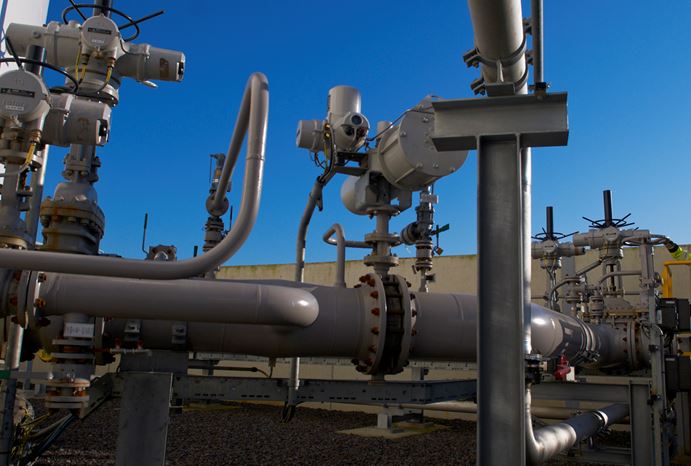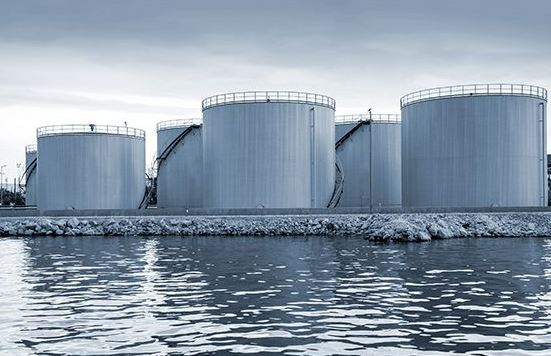At DWG, our pulse rate rises in excitement when we discuss the tank terminal industry. The route control application is widely used for projects within DWG. This application makes it possible to pump different liquids. It comes into play when considering the route between a ship or a truck to the storage tanks in a terminal park. Siemens’ route control application allows us to specify the route the liquid should take to reach a specific storage tank. This application also provides management functionality for the routes that have been generated. You can see and check whether, for example, pumping is already taking place within a route, and whether a route has been validated as ‘clean’ and ready for use. This functionality is useful for preventing alternate pumping of different liquids through the same route.
Terminals and routes
As you can imagine, at a large tank terminal site, route control is used to generate hundreds of thousands or even millions of routes. The obvious problem is that manually testing so many routes one by one, to ensure that they actually work properly in the field, is hugely time-consuming. Hiccups and problems associated with a new implementation can now be detected quickly and easily with a simulated PCS7 application that incorporates route control. This application detects configuration errors in advance, eliminating the significant investment that would be required in terms of manpower and time if this were done manually.
Simulating processes
During the past six months, Jelle has delved into the details of a software program called SIMIT to investigate the potential benefits of using this program for DWG’s projects. SIMIT has a good reputation as a powerful Siemens application that uses either replacement simulation hardware components or a virtual controller to simulate actual work processes out in the field. Jelle investigated whether this software could be used for automated testing of the routes generated by route control and for detecting configuration errors that can occur in an application in a timely manner, i.e. before the implementation phase. In the course of this DWG and Siemens research project, Jelle discovered that automated route testing is in fact a realistic possibility. While working on his graduation thesis, he created a proof of concept that demonstrates exactly how to do this!
Really cool; read on for the details!
The improvement
DWG is able to prevent future problems in the field by proactively detecting them before implementing the application. As a result, DWG can now deliver projects to an even higher quality standard and reduce the likelihood of downtime in the actual work situation.


Proof of concept
The solution developed by DWG has been proven to work technically. The intention now is to create a complete product in the near future, based on this concept. This will allow automated testing of the routes and early removal of any configuration errors before the routes are applied in the field.



